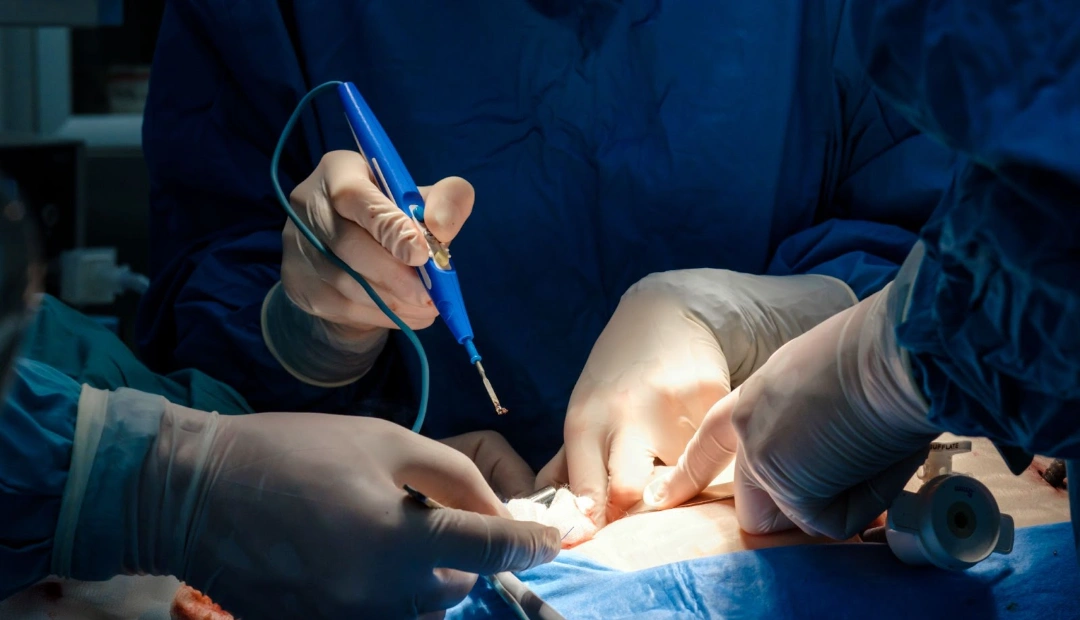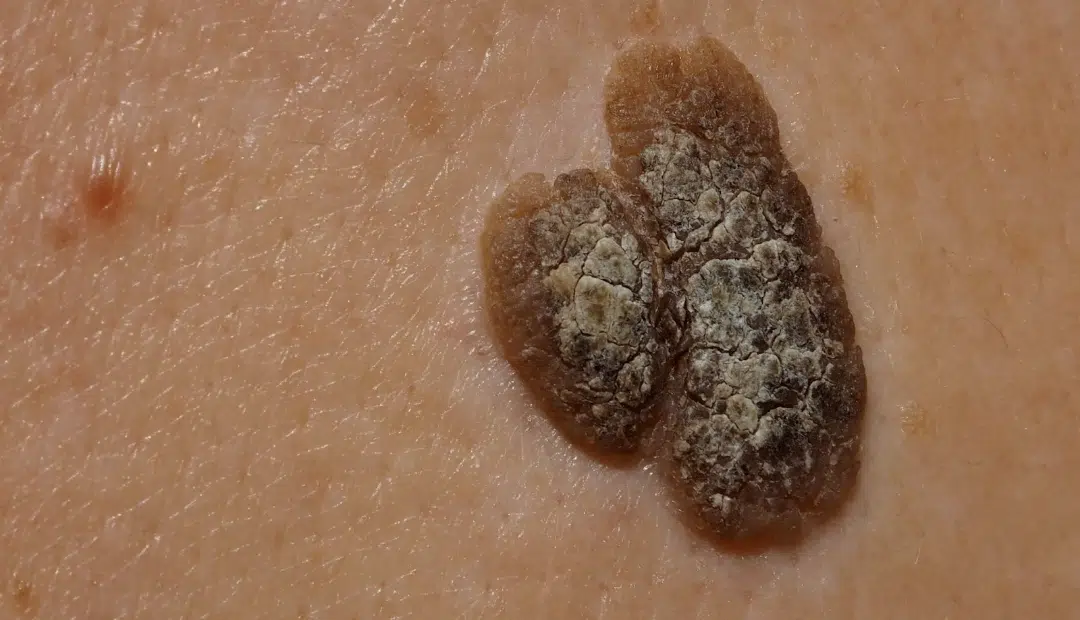At Livingstone Dermatology, we understand that your skin is a reflection of your health and well-being. We are committed to the latest advancements in dermatological science, and dedicated to providing you with quality care.

Electrosurgery is a common surgical technique employed in Dermatology that uses high-frequency electrical current to remove soft tissues, such as benign skin growths (e.g. warts or skin tags) or pre-cancerous lesions [1]. The heat that is generated by the current is used to destroy the target lesion. This technique can be used to control bleeding as well, other than performing surgical procedures such as cutting or coagulating tissues.

Dermatologists may use electrosurgery to treat:
Electrosurgery is a common technique used in dermatologic practices, as it effectively removes superficial skin lesions or growths with minimal bleeding. However, it is important to consult a dermatologist to identify which skin growths and lesions can be removed or treated safely with electrosurgery. Certain skin conditions, especially skin cancers such as melanoma, may require other treatment methods e.g. biopsy and excisions
Due to the nature of the procedure, patients with implantable electronic devices (IEDs), such as pacemakers or implantable cardioverter defibrillators may not be suitable to undergo certain types of electrosurgery. Discussions with your cardiologist may be required.

Is electrosurgery painful?
You may feel mild heat sensations or slight pressure, but an electrosurgery procedure is generally well-tolerated. It is performed under local or general anaesthesia to ensure your comfort.
Is there a risk of electrocution with electrosurgery?
During the process, there will be a grounding pad used to mitigate the risk.
How long does it take to recover from an electrosurgery procedure?
Recovery time generally depends on the area that’s being treated and the complexity of the procedure. The skin will typically scab over and healing can take a few days to a few weeks.
Does electrosurgery leave scars?
Electrosurgery typically leaves behind minimal scarring. Proper post-procedure care can also minimise your risk of scarring.
Whether you’re dealing with a specific skin concern or seeking to enhance your natural beauty, Livingstone Dermatology is here to guide you on your journey to healthy, radiant skin.
Schedule an appointment today and experience the Livingstone standard of care in a welcoming, professional environment.